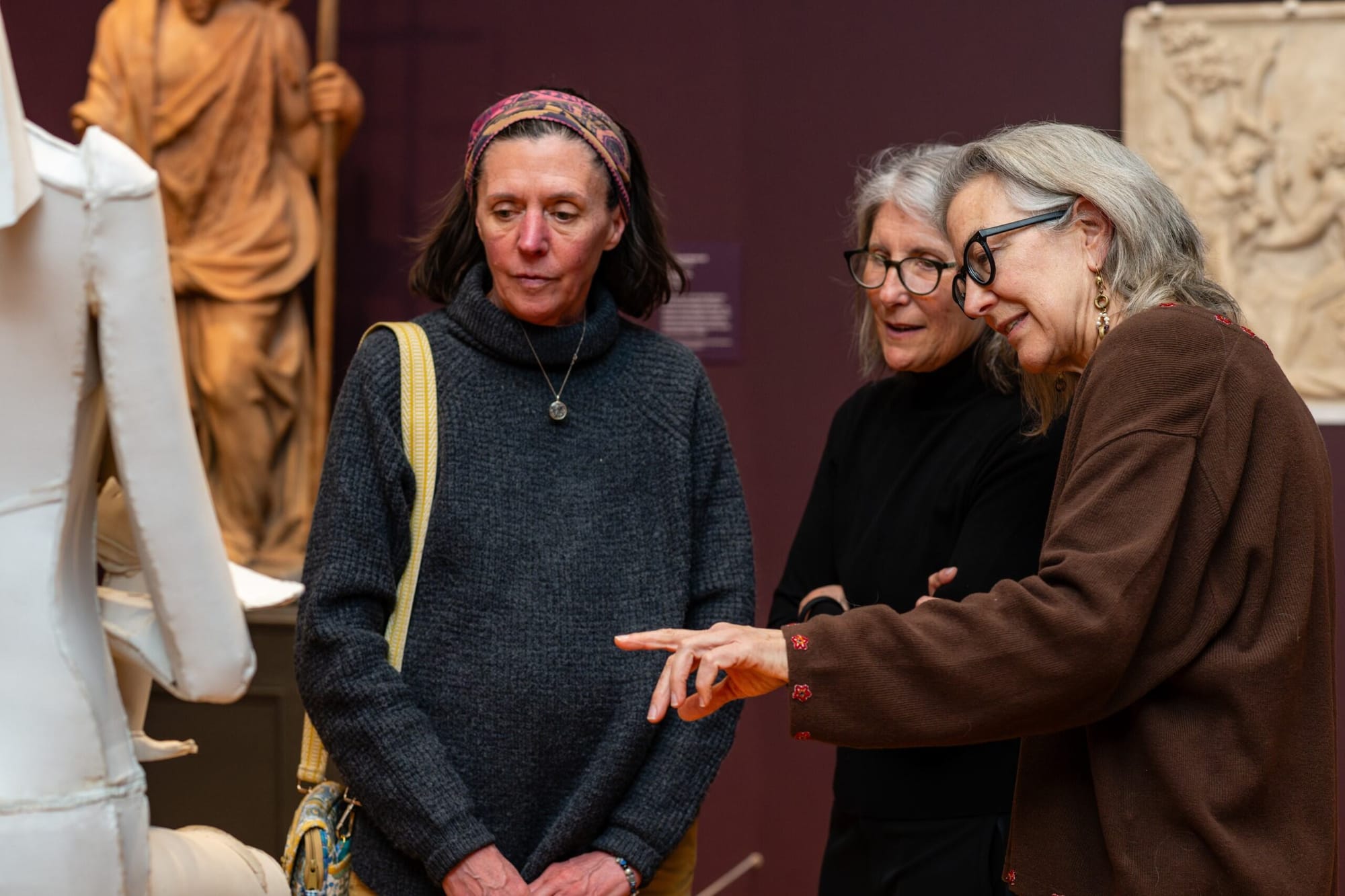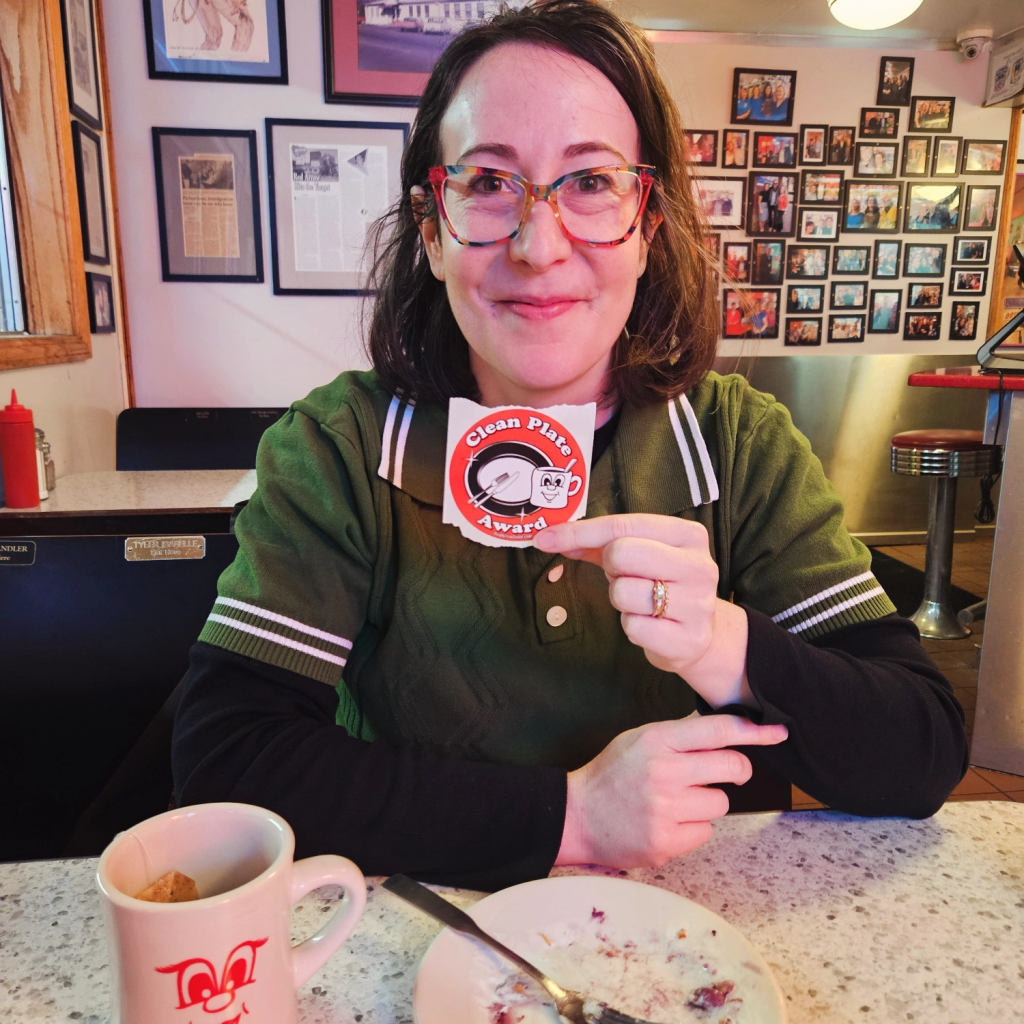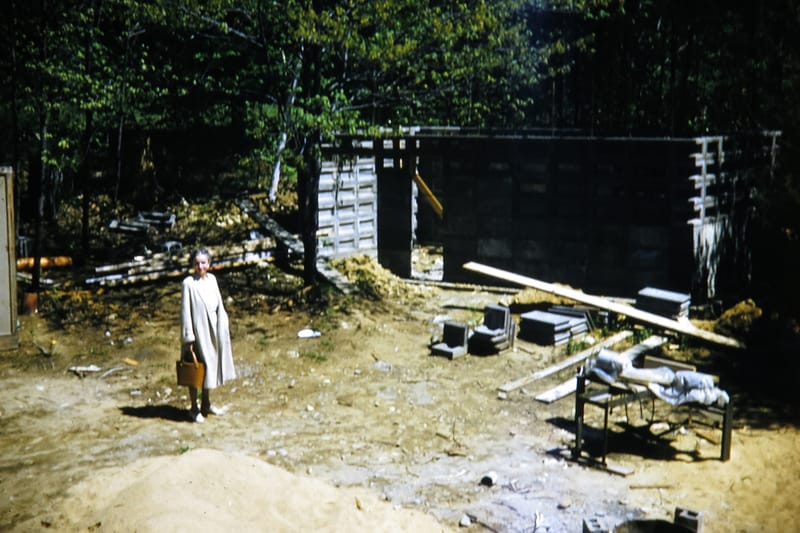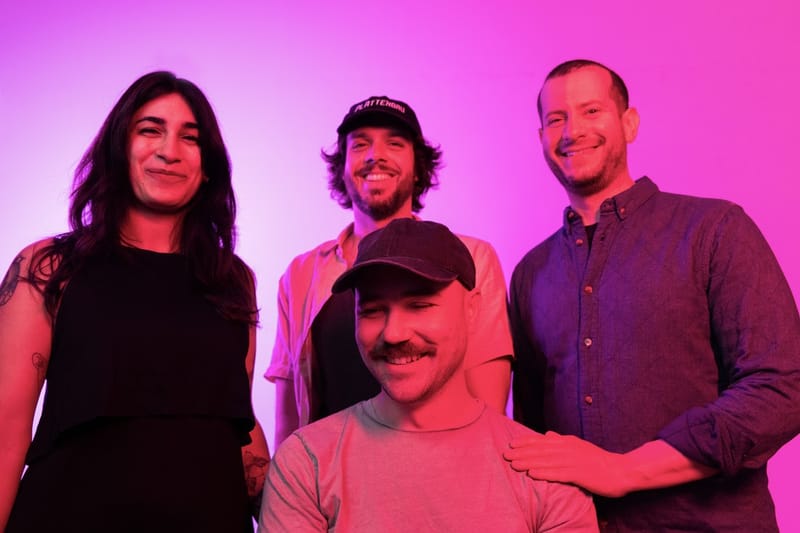Art To Live By: A new Currier Museum monthly column celebrating art and community
On the surface, Ann Agee and Nicolas Party might seem like they have little in common, besides both being contemporary artists. They work at different scales, with different materials, to tell different stories.




Hands. When you admire a work of art in a museum, you might not think about the hands that made it.
Some pieces feel like they arrive fully formed on a museum wall for our viewing pleasure. The artistic process – full of magic and mess, inspiration and redirection – is hidden beneath a polished surface. This has been a debate in the art world since the Renaissance: how visible should the hand of the artist be?
At the Currier Museum of Art this spring, it’s very visible. Two new exhibitions – Ann Agee: Madonna of the Girl Child and Nicolas Party and Surrealism: An Artist’s Take on the Movement – celebrate the making and not just the masterpiece.
On the surface, Ann Agee and Nicolas Party might seem like they have little in common, besides both being contemporary artists. They work at different scales, with different materials, to tell different stories. Agee creates stunning ceramic sculptures that subvert traditional narratives about women’s lives. Party makes massive pastel murals that he situates, for discord and dialogue, alongside iconic historic works. Agee is American, with a studio outside Bennington, Vermont. Party is Swiss, with a growing global resume.
Different, yes, and vitally so. Yet, there is a throughline: process. In both exhibitions, the hand of the artist is plainly visible. Hands in wet clay, forming something new. Hands with pastels, nurturing a vibrant vision to life.
For Agee, that means an obsession with the intersection of industry and artistic production, formed early in her career during a residency at the Kohler Arts Center in Sheboygan, Wisconsin. In Madonna of the Girl Child, her first solo museum show in New England, she imagines a different world where Madonna has a daughter rather than a son. Her sculptures of Madonna and daughter have unfinished surfaces, asserting their handmade origins. They also bear her signature stamp, AGEE MFG, like they are objects, fresh off the assembly line. Alongside her exploration of gender, symbolism, and motherhood, her work seems to ask: what does it mean to make something?

For Party, the museums walls are his canvases. He works in pastels, which you might remember from school art classes for their crumbly nature and great blooms of color. Mark by mark, shape by shape, he creates enormous murals that take over entire galleries. His artistic influences aren’t just invisible footnotes, but part of the exhibition. In his upcoming show at the Currier, viewers will see the legacy of Surrealism – a movement that worshipped the strange and not just the beautiful – in the wild spark of Party’s imagination.
Process reminds us that art is dynamic, electric, alive – and that we get to be part of it. This isn’t just a phenomenon inside the museum. It’s also an exciting source of momentum here in Manchester. Whether you find yourself in awe, looking up at a new mural, or connecting with an artist in a local gallery, you can feel it: the energy of our neighbors and friends building a creative community by hand.
The hand of the artist is visible here, too. It’s making something new.
- Ann Agee: Madonna of the Girl Child is on view at the Currier from March 7 to June 5.
- Nicolas Party and Surrealism: An Artist’s Take on the Movement opens at the Currier on April 9.

Ali Goldstein is a writer who first fell in love with art museums on a French class field trip to see a Degas exhibition at the Detroit Institute of Arts. Today, she is the Director of Marketing and Communications at the Currier Museum of Art, where she helps others take their first step into the arts. She can be reached at agoldstein@currier.org.





